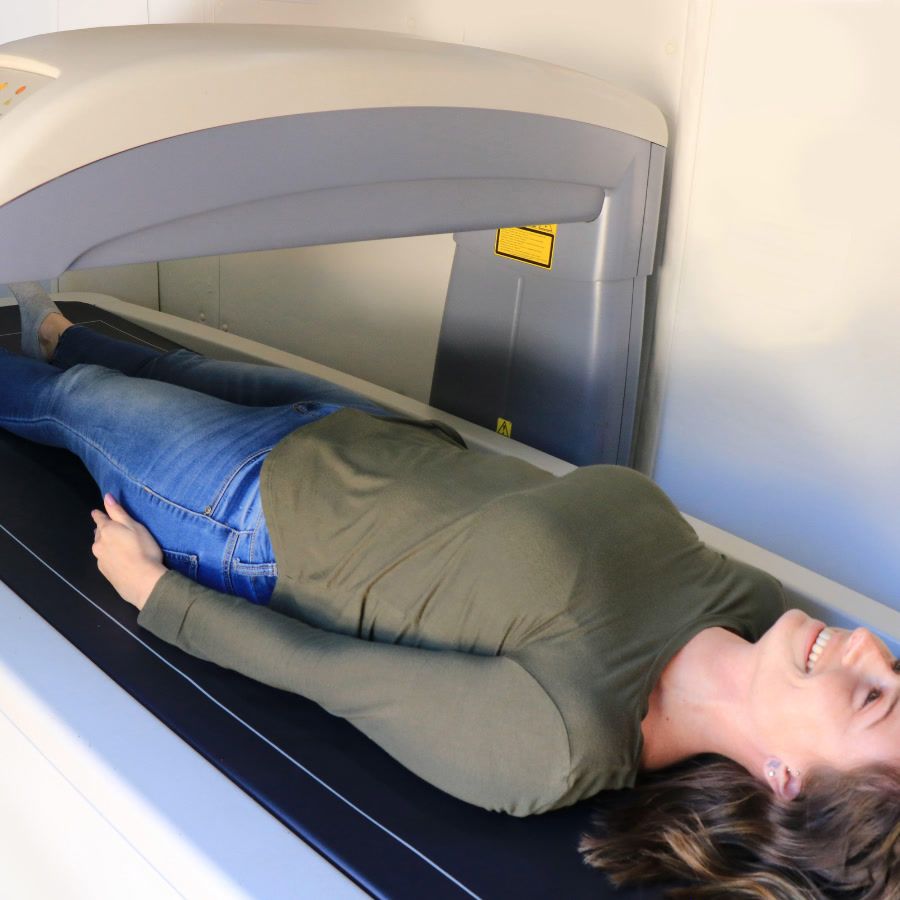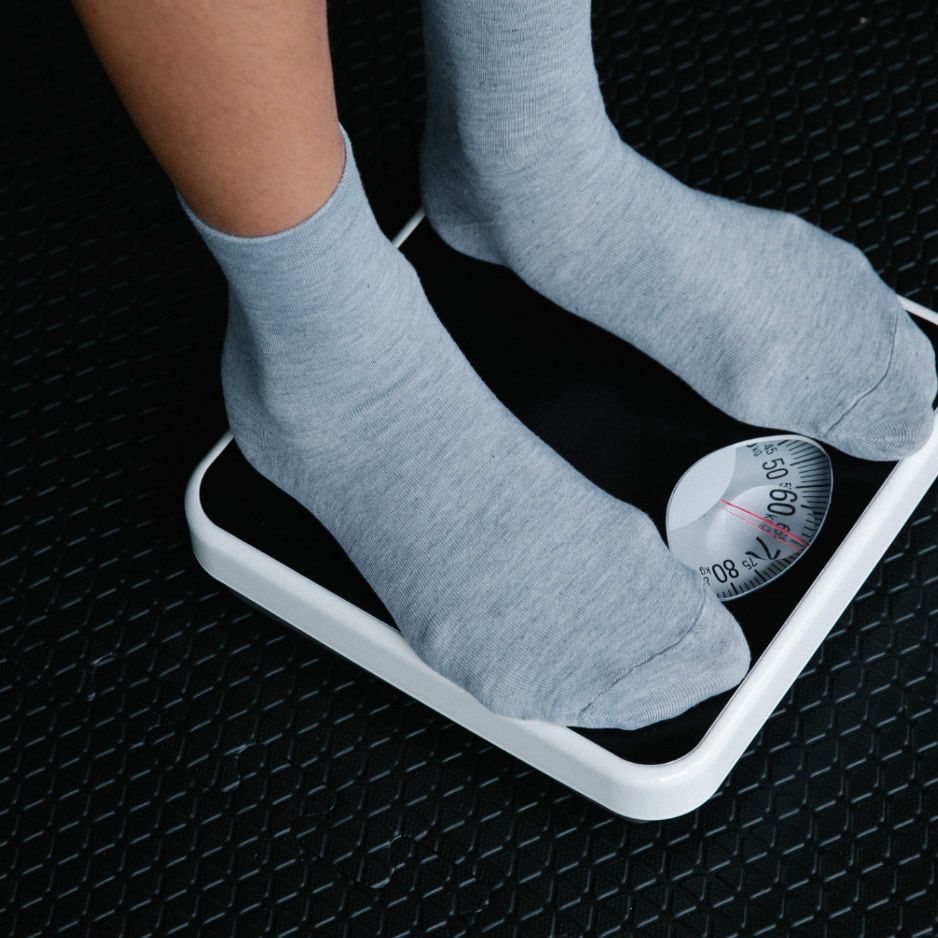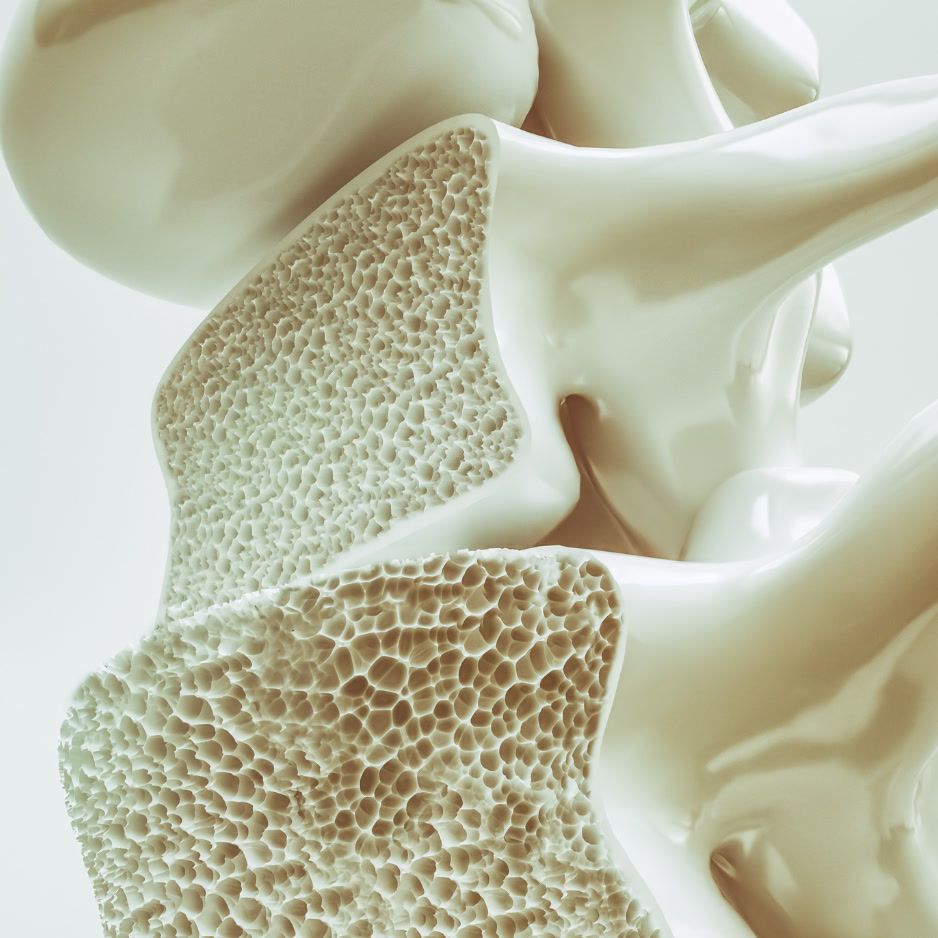How to Measure Healthspan
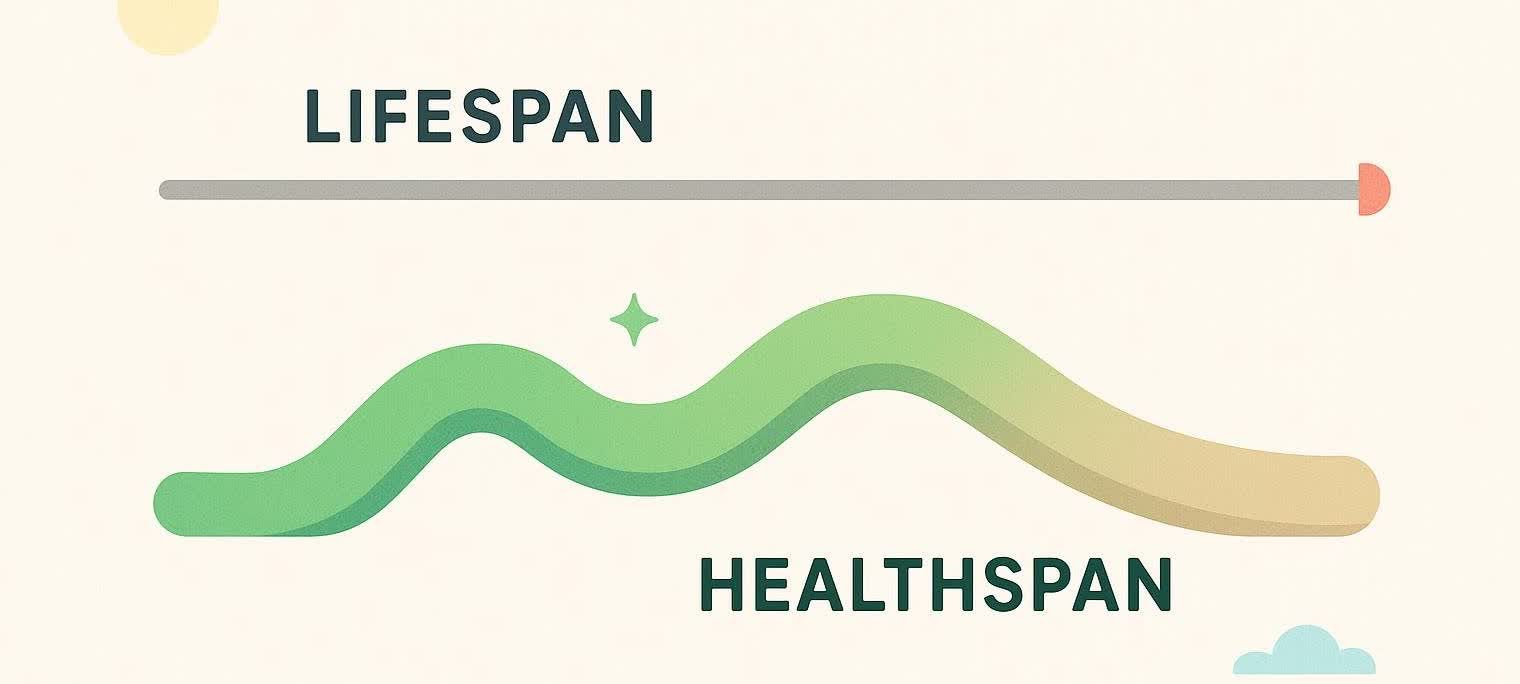
How to Measure Healthspan: A Comprehensive Guide to Metrics and Tools
Primary keyword target: measure healthspan
Most of us track familiar numbers like BMI, cholesterol, or even the total years we expect to live. Yet those figures tell us surprisingly little about how well we’ll live those years. That’s where healthspan — the years lived in good health — comes in.
This guide explores how to measure healthspan, covering practical frameworks, a do-it-yourself scoring formula, and real-world examples you can adapt — whether you maintain population dashboards, run self-experiments, or design value-based care programs.
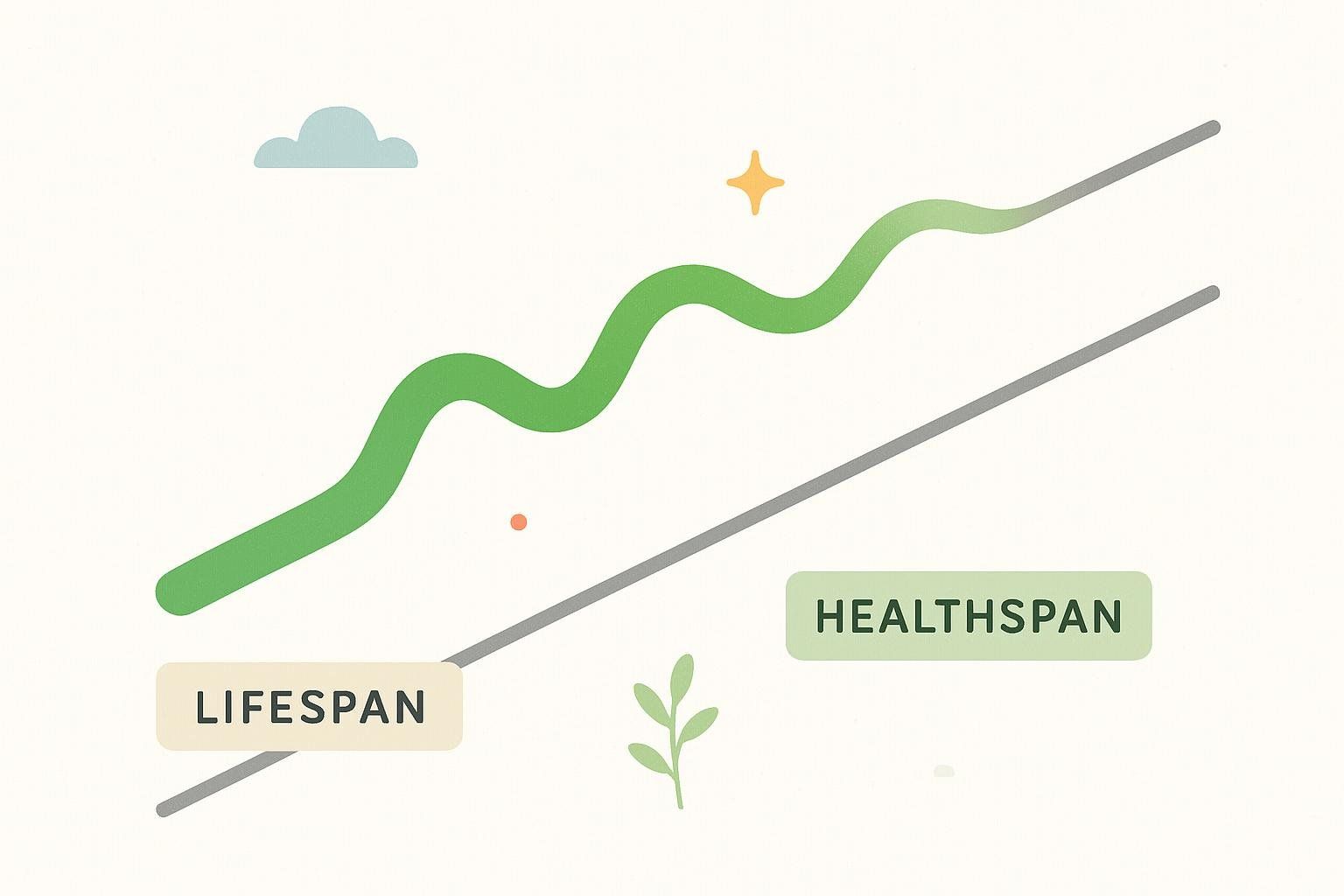
Why Measuring Healthspan Matters
| Lifespan Metric | What it Tells You | What it Misses |
|---|---|---|
| Chronological age | How many birthdays you’ve had | Functional ability, disease burden |
| Mortality rate | Probability of dying in a time window | Quality of those years |
| Single biomarkers (e.g., LDL-C) | Organ-specific risk | Multisystem interplay |
Healthspan fills these gaps by integrating physical, metabolic, cognitive, and social well-being into one longitudinal metric. The National Institute on Aging notes that extending the years lived in good health can reduce overall healthcare costs and improve quality of life for older adults (NIA Strategic Directions 2020-2025).
Four Core Dimensions of Healthspan
- Physical Function – mobility, strength, bone density
- Metabolic & Biomarker Health – glucose control, inflammation, lipid profile
- Cognitive & Mental Health – memory, executive function, mood stability
- Social & Emotional Well-Being – community engagement, life satisfaction
Think of these as the four legs of a chair: wobble one, and the whole seat becomes unstable.

Why DEXA & ALMI Belong at the Center of Any Healthspan Assessment
Most consumer health reports rely heavily on blood tests, but body composition is where early, actionable signals often appear. A dual-energy X-ray absorptiometry (DEXA) scan is considered the gold standard for measuring:
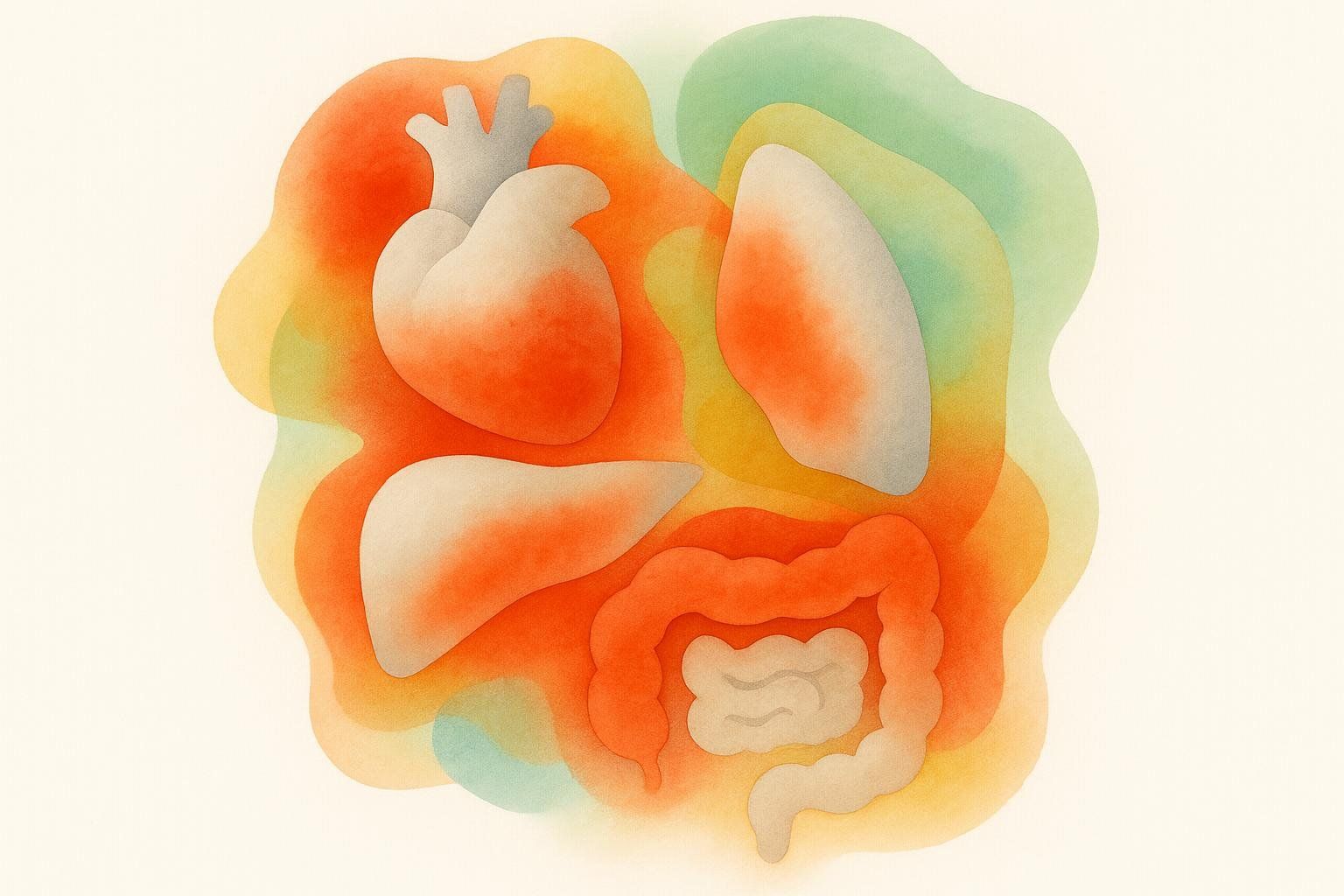
- Total fat mass and visceral fat mass — the dangerous fat that wraps around organs and predicts stroke, insulin resistance, and cardiometabolic disease (Visceral fat and cardiovascular disease – NCBI).
- Lean-mass distribution, including Appendicular Lean Mass Index (ALMI) — an evidence-based indicator of muscular health and frailty risk.
- Bone mineral density, a proxy for fracture risk and overall musculoskeletal aging.

The BodySpec DEXA Report goes a step further: it is interactive and lets you benchmark every metric — visceral fat, ALMI, bone density, and more — against one of the largest known private collections of body-composition scans in the United States, currently exceeding 400,000 exams (data through April 2025). This extensive dataset provides meaningful context for interpreting your results compared to the broader population.
Related read: Appendicular Lean Mass Index Calculator.
Metric Frameworks at a Glance
1. Population-Level Indices
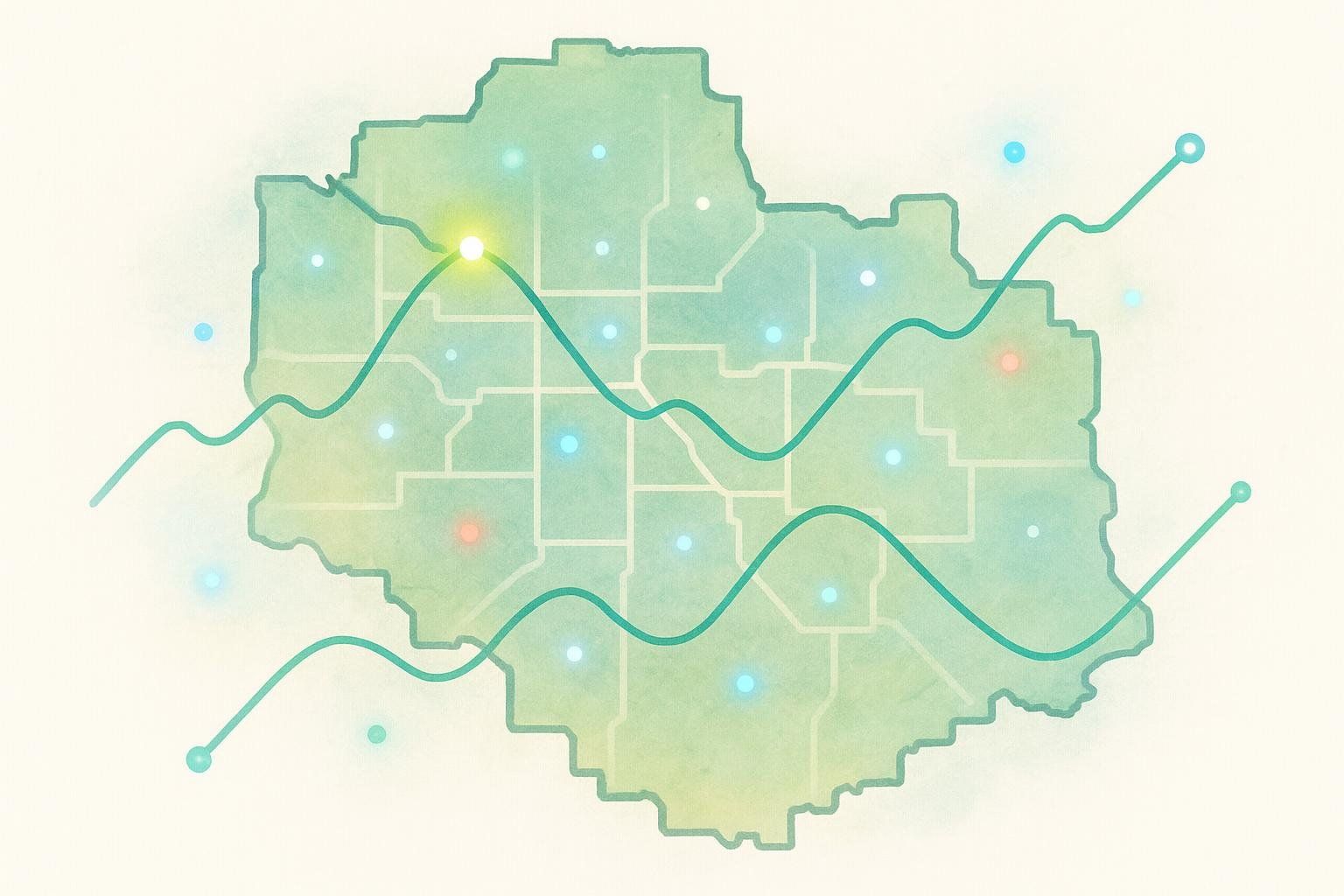
| Framework | Data Source | Outputs | Notable Use-Case |
|---|---|---|---|
| CRUDE Healthspan (Outcomes Based Healthcare methodology) | Linked EHR & claims | Proportion of disease-free years | Population dashboards |
| Healthspan Gap | Same | Difference between lifespan & healthspan | Policy benchmarking |
| Healthy Life Expectancy (HALE) (WHO explainer) | Mortality + morbidity | Years lived in full health at birth | International comparisons |
2. Biomarker & Body-Composition Panels
| Panel / Test | What It Measures | Cost Range | Why It Matters |
|---|---|---|---|
| DEXA + ALMI (BodySpec) | Visceral fat, total fat %, lean mass, bone density | $40–80 | Gold-standard body composition; robust comparison database |
| Vibrant Wellness Longevity Panel | ~100 blood biomarkers | $399–699 | Broad biochemical snapshot |
| DIY Core Blood Panel (HbA1c, CRP, ApoB, Vitamin D) | 4–8 biomarkers | $80–150 | Budget-friendly essentials |
3. Functional & Self-Reported Tests
| Tool | Measures | Why It Matters |
|---|---|---|
| Life’s Essential 8 Survey | Diet, activity, sleep, nicotine | Lifestyle levers |
| 6-Minute Walk Test | Cardiovascular & muscular endurance | Tracks frailty risk |
| Montreal Cognitive Assessment (MoCA) | Processing, recall | Detects early decline |
Calculating a Simple DIY Healthspan Score
Researchers use elaborate algorithms, but you can approximate a personal Healthspan Score with a pencil and any calculator.

Where the numbers come from:
- ADA Standards of Care 2024 for HbA1c.
- AHA CRP Guidance (PubMed) for C-reactive protein.
- NLA ApoB Recommendations for apolipoprotein-B.
- Body-composition percentiles from NHANES DEXA Reference Values (PubMed) cross-checked with BodySpec’s anonymized dataset (>400,000 scans).
- Points follow a simple 25-to-10 scale to keep math easy while rewarding lower risk. The score is illustrative — perfect for spotting trends, not for medical diagnosis.
Scoring Reference Table
| Dimension | Excellent (25 pts) | Good (20 pts) | Fair (15 pts) | Poor (10 pts) |
|---|---|---|---|---|
| Physical (DEXA ALMI & Visceral Fat) | ALMI ≥ 75th percentile and visceral fat < 500 g | ALMI ≥ 50th; VF 500–799 g | ALMI 25–49th; VF 800–999 g | ALMI < 25th or VF ≥ 1,000 g |
| Metabolic | HbA1c < 5.3 %, CRP < 1 mg/L, ApoB < 80 mg/dL | Any one marker: HbA1c 5.3–5.6 % OR CRP 1–2 mg/L OR ApoB 80–89 mg/dL | Any one marker: HbA1c 5.7–6.4 % OR CRP 2–3 mg/L OR ApoB 90–99 mg/dL | HbA1c ≥ 6.5 % OR CRP > 3 mg/L OR ApoB ≥ 100 mg/dL |
| Cognitive (MoCA) | ≥ 26 | 25 | 23–24 | ≤ 22 |
| Lifestyle/Social (Life’s Essential 8) | ≥ 85 | 75–84 | 65–74 | < 65 |
Formula:
Healthspan Score = Physical + Metabolic + Cognitive + Lifestyle
(Maximum = 100)
Disclaimer: This score is a simplified tool for personal tracking and is not intended to diagnose, treat, or replace professional medical advice.
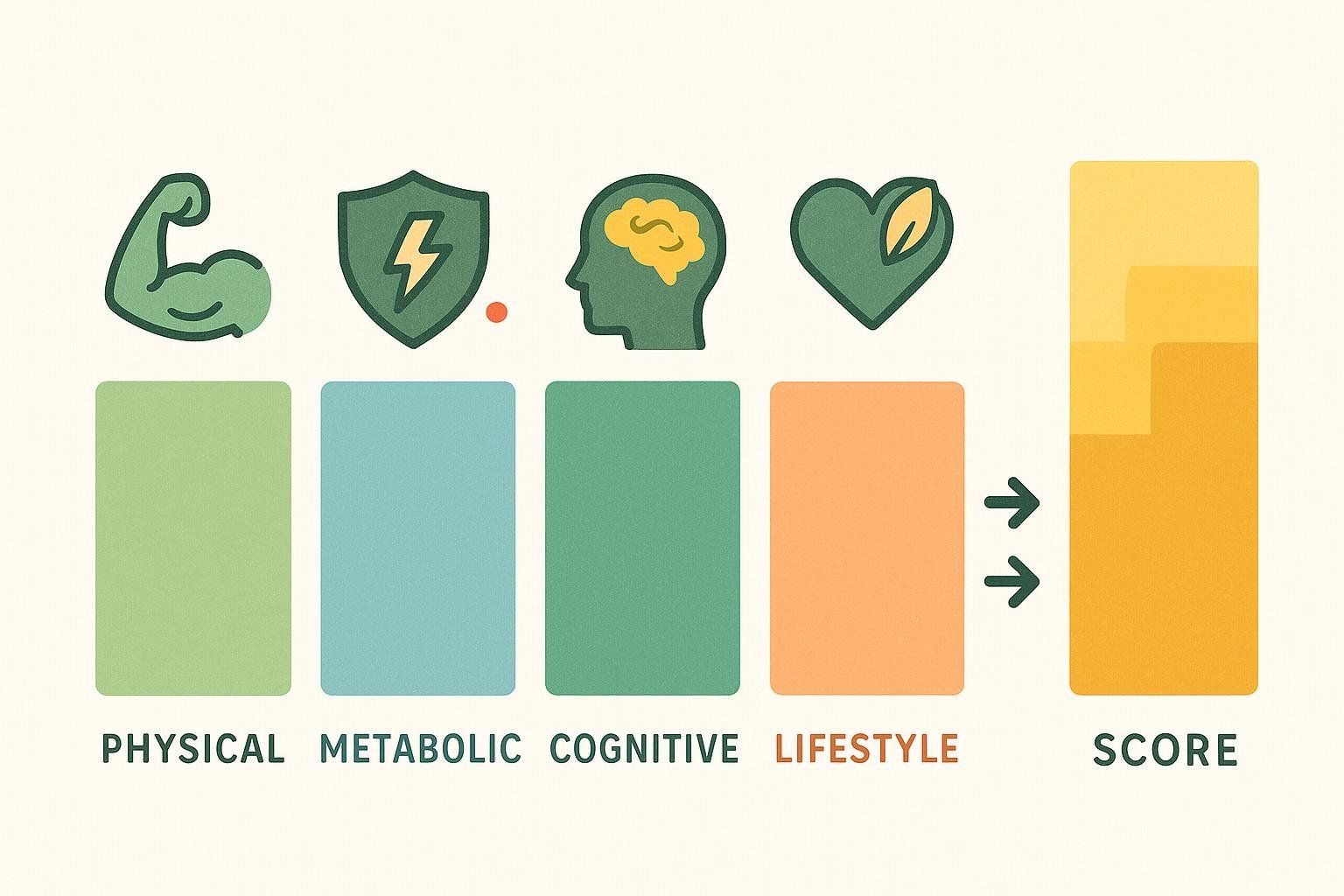
Use the same scale to track trends every 3–6 months. Point-based composite indices similar to this have been shown to predict morbidity-free survival (Composite aging indices – PubMed).
Step-by-Step: Calculate Your Healthspan Score
1. Gather Your Data
- Book a BodySpec DEXA scan for visceral fat, ALMI, and bone density.
Prep tip: Wear light clothing—see 5 Tips for a Successful BodySpec Scan. - Order or pull recent fasting bloodwork (HbA1c, CRP, ApoB, Vitamin D).
- Run a 6-minute walk test or capture VO₂ max from a wearable.
- Complete the Life’s Essential 8 self-assessment.
2. Score Each Dimension
Fill in the points from the table above, add them up, and you have your Healthspan Score.
3. Track & Iterate
Reassess at consistent intervals. Because visceral fat responds quickly to diet and exercise, quarterly DEXA scans can reveal trend lines long before the mirror does.
Hypothetical Example: Employer Health Initiative in Austin, TX
Imagine a self-insured tech company with 6,000 employees launching a “Healthy Years Ahead” program that embeds quarterly body-composition and biomarker screenings into its wellness benefits. BodySpec DEXA scans serve as the body-composition component, complemented by blood panels and functional tests.

Baseline: Average Healthspan Score registers 61, driven down by elevated HbA1c (mean 6.1 %) and high visceral fat (average 925 g).
Program Roll-Out: Employees join a step challenge, receive personalized nutrition coaching, and high-risk staff are offered continuous glucose monitors.
12 Months Later: Mean HbA1c falls to 5.6 %, average visceral fat drops 10 %, and the Healthspan Score climbs to 69 — a change projected to significantly reduce future healthcare costs linked to cardiometabolic conditions.
Hypothetical Case Study: Personal Healthspan Upgrade
Meet “Alex,” a San Francisco biohacker who pairs quarterly BodySpec scans with a DIY blood panel and endurance wearables. After six months of Mediterranean-style eating and resistance training:
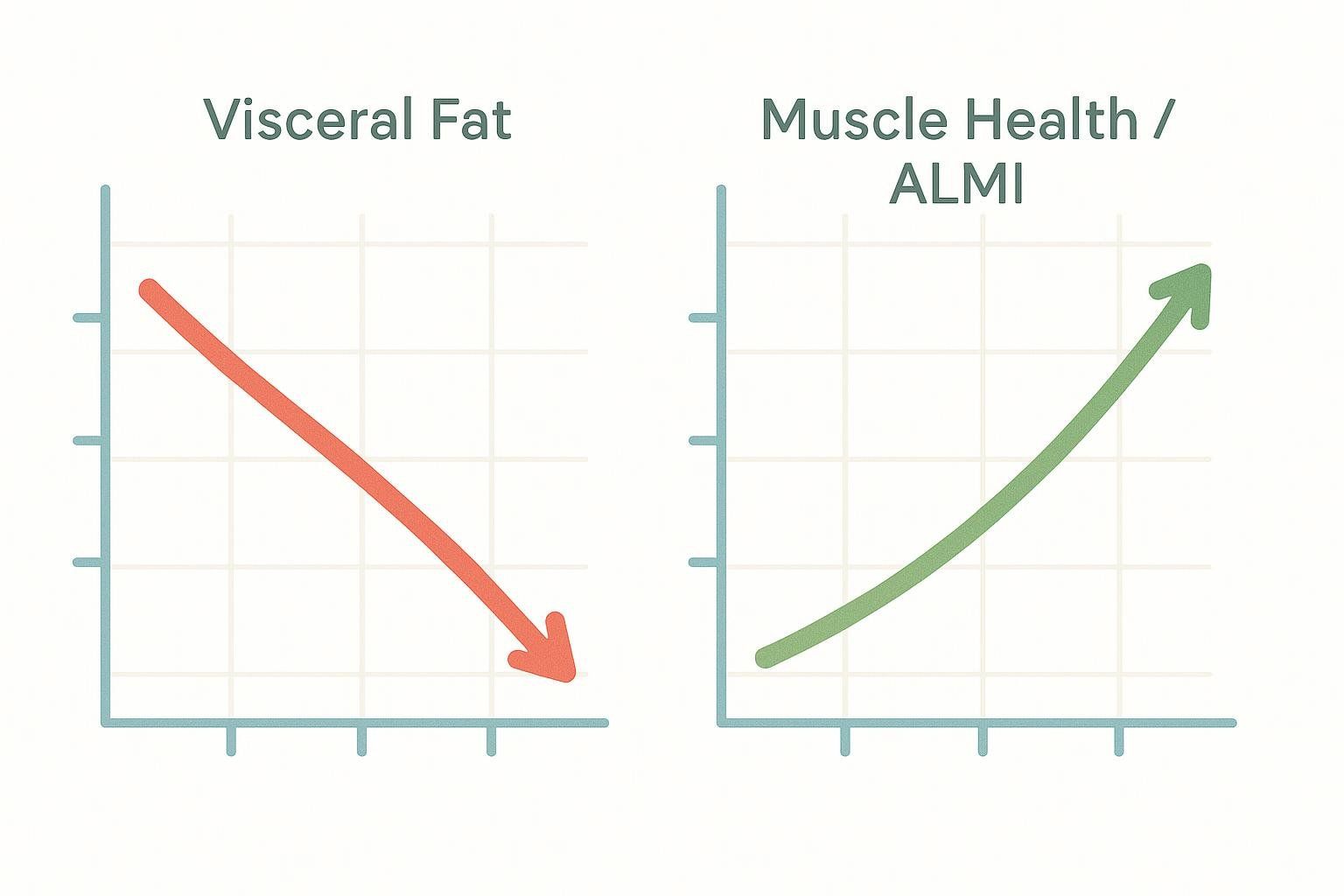
| Metric | Month 0 | Month 6 |
|---|---|---|
| Visceral Fat (g) | 950 | 620 |
| CRP (mg/L) | 2.8 | 0.9 |
| ALMI (kg/m²) | 7.3 | 7.9 |
| Healthspan Score | 72 | 86 |
While these numbers are illustrative, they highlight how combining body-composition data with targeted lifestyle changes can move multiple healthspan levers at once.
See also: Understanding Inflammation: Diet and Lifestyle Strategies.
30-Day Measurement Checklist
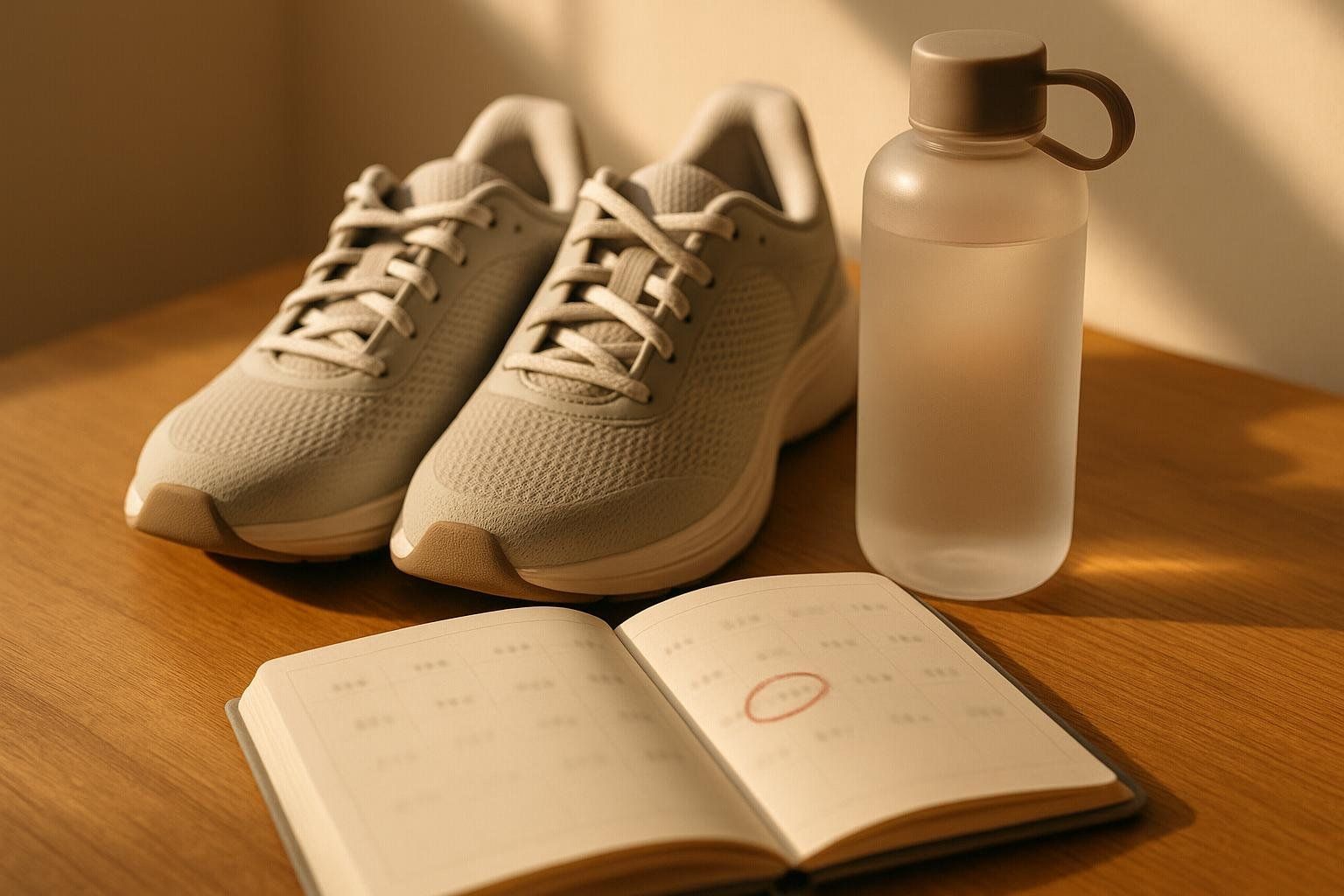
| Day | Action | Purpose |
|---|---|---|
| 1–2 | Schedule DEXA + fasting blood draw | Secure baseline appointments |
| 3–7 | Complete Life’s Essential 8 & MoCA | Record lifestyle and cognitive baselines |
| 8 | Perform 6-minute walk test | Assess functional capacity |
| 9 | Enter all data and calculate Healthspan Score | Establish reference point |
| 15 | Review results with a qualified professional (optional) | Interpret findings & plan next steps |
| 30 | Set next measurement interval and reminder | Commit to continuous tracking |
Frequently Asked Questions
Is healthspan just “disease-free” years?
Not quite. While freedom from chronic disease is part of the equation, contemporary frameworks also factor in functional capacity (mobility, strength), cognitive performance, and self-reported quality-of-life scores. A 2022 systematic review concluded that multidimensional indices outperform disease-only models in predicting morbidity-free survival (Composite aging indices – PubMed).
Why is visceral fat so critical for healthspan?
Visceral fat acts like a metabolic disruptor: its inflammatory signals raise blood pressure, impair insulin sensitivity, and accelerate atherosclerosis. A dose-response meta-analysis of 15 cohort studies found each 10 cm increase in waist circumference raised stroke risk by 10 % (Measures of Abdominal Adiposity and Risk of Stroke – PubMed), while a systematic review of 216 cohorts linked the same 10 cm increase to a 61 % higher risk of type 2 diabetes (Anthropometric Indicators and Diabetes Risk – PubMed). Because DEXA can directly quantify visceral fat in grams — not just inches — it lets you monitor improvements with high precision.
Can I measure healthspan with wearables alone?
Wearables capture VO₂ max and HRV but miss biomarkers like CRP and body-composition data — especially visceral fat and bone density — that only a DEXA scan can deliver.
How often should I reassess?
Many experts repeat biomarker panels and DEXA scans every six months, while functional tests (like the 6-minute walk) can be tracked monthly.
Takeaway
Measuring healthspan means integrating multiple lenses — biomarkers, body composition, functional capacity, and lifestyle. BodySpec’s interactive DEXA report provides valuable context for spotting early warning signs like excess visceral fat or low ALMI and tracking your progress over time.
Interested in a deeper look at your body composition? Consider booking a DEXA scan to gain data-driven insights into your healthspan journey.
Further reading: The Surprising Truth About Your Metabolic Age.
